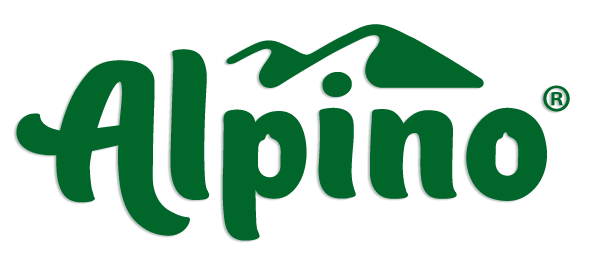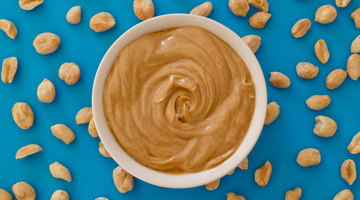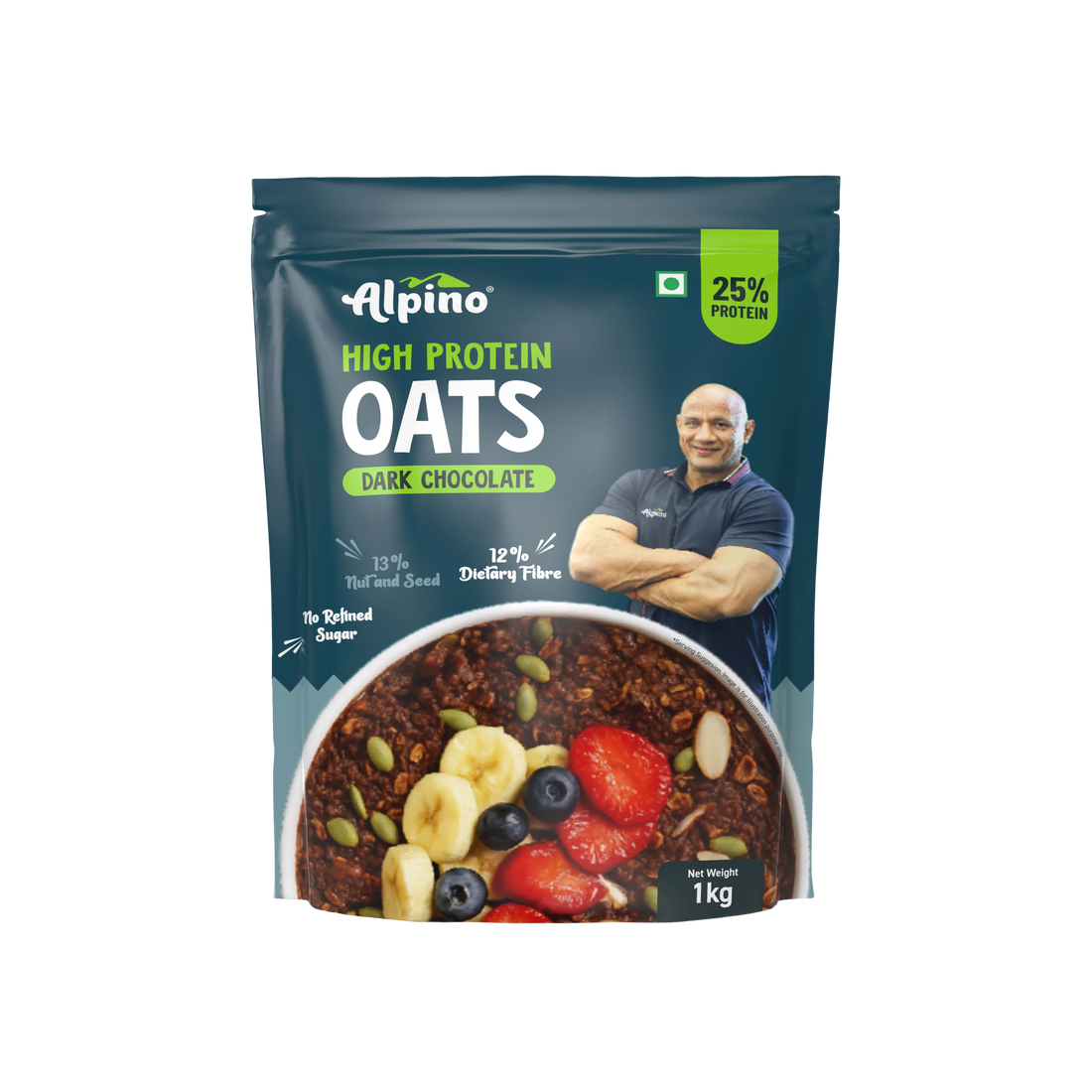Peanut butter is one of those versatile and delicious foods that can be used for so much more than just a PB&J sandwich. From snack recipes to desserts, peanut butter answers all your cravings. So grab a spoon and join us as we explore the many surprising and tasty uses for peanut butter!
What are 3 benefits of eating peanut butter?
The first benefit of eating peanut butter is that it provides high-quality protein without any added cholesterol or saturated fats. Two tablespoons of peanut butter contain around 8 grams of protein, making it a great snack for athletes before or after workouts. This also makes it essential for growing children and adults because peanuts contain micronutrients like niacin and vitamins B6 and E, which are necessary for muscle building and mental alertness.
The second benefit is its high fibre content, which helps to promote digestive health by adding bulk to the stools, which can help with regularity. These dietary fibres are also essential in controlling blood sugar levels when digested slowly over time. It is especially beneficial for people with diabetes who need to track their sugar intake closely.
Finally, peanut butter is rich in antioxidants that have been proven to reduce inflammation throughout the body, thus decreasing susceptibility to disease caused by free radicals associated with ageing or environmental exposure to toxins. Peanut butter has been linked with reduced risk factors for heart diseases such as stroke due to its monounsaturated fat content, which helps manage healthy blood pressure levels when eaten in moderation as part of an overall balanced diet.
Peanut butter uses for weight gain

Peanut butter can be a great source of calories and nutrition for people looking to gain or maintain weight. It is very high in calories and is packed with protein, fats, vitamins and minerals, making it an ideal snack or meal enhancer for those who want to increase their weight. Peanut butter can also be used as an ingredient for healthy recipes that can help with weight gain.
When using peanut butter as part of a weight-gain plan, remember that it is higher in calories than other protein sources such as lean meats. Therefore, portion size should be considered when deciding how much peanut butter to consume. In addition to adding peanut butter to snacks like toast or crackers, it can also be eaten by itself if you are looking for a quick but satisfying and energy-enhancing snack. Furthermore, peanut butter can be mixed into smoothies or oatmeal to increase the dish's calorie content and nutritional benefits.
Peanut butter uses for weight loss
Weight loss strategies can include adding foods like peanut butter to your diet. Since peanut butter is high in healthy fats, protein and fibre, it's an option that can help you maintain a healthy weight while still enjoying its delicious taste.
Peanut butter is great for lunchtime sandwiches or as part of a snack. It can also be used as a base for smoothies, added to yoghurt and even blended into vegan ice cream recipes. Peanut butter contains essential nutrients like protein, healthy fats, Vitamin E and magnesium. All of these factors make it an excellent choice for aiding weight loss.
When using peanut butter for weight loss purposes, remember that portion size matters – just two tablespoons of peanut butter should provide you with up to 8 grams of protein and 4 grams of fibre! In addition to being filling, protein helps maintain muscle mass when losing body fat during dieting, which can lead to an improved metabolic rate. Combined with the fibre in peanut butter which helps keep you satisfied after eating, it's an ideal food choice for weight maintenance.
It's important to note that not all varieties of peanut butter are created equal; always choose an unsweetened or lightly sweetened option instead of overly sugary options, which could do more harm than good when trying to lose weight! Additionally, watch out for hidden sugar sources by carefully reading the ingredient list – ideally, there should only be one main ingredient: peanuts! Be sure that, like in Alpino Peanut Butter, the label should say "natural" or "unsweetened" so that you know you're getting a quality product without added sugar or fat sources such as palm oil that could hinder your health goals.
Peanut butter uses for skin

Peanut butter can be used in various ways to help the skin. Peanut butter is known to nourish and moisturise the skin due to its protein content, vitamin E and fatty acids. It can be used as a cleanser, moisturiser, and exfoliator. Many people use peanut butter on their skin to treat patchy, dry, cracked or irritated areas by applying a thin layer of peanut butter directly onto the area.
Peanut butter is also an effective remedy for wrinkles and ageing spots. Applying a thick layer of peanut butter onto your face can help reduce the appearance of wrinkles, enhance skin tone and fade age spots over time. Due to its antiseptic properties, peanut oil is also helpful in treating acne, sunburns and other dermatitis. Adding honey or yoghurt as part of a paste mixture with peanut butter can enhance effectiveness in treating these conditions.
Peanut butter uses for health
Not only is peanut butter a great source of protein (containing six to eight grams per serving), but it's also low in sodium and boasts an impressive nutritional profile. For the calories consumed, it provides significant amounts of fibre, iron, zinc, potassium and Vitamin E. Peanut butter also contains antioxidants that play an essential role in promoting good cardiovascular health. Additionally, its mono-saturated fats can increase good HDL cholesterol in the body while decreasing harmful LDL cholesterol levels - making it a healthier alternative to many other processed foods high in saturated fats.
Peanut butter isn't just great for eating straight from the jar: You can use it for cooking savoury dishes or even as an ingredient for desserts such as cookies and cakes. And because most nut butters lack added oils or preservatives, they're an excellent choice for making meals with fewer unhealthy ingredients.
Peanut butter uses non-food
Outside the kitchen, there are several ways to use peanut butter around the house that have nothing to do with eating it! Here are a few ideas:
- Soothe a pet's sore throat with a bit of peanut butter mixed into some warm water or broth. Make sure your pet has no nut allergies before using this method!
- Unstick shoddy furniture joints by rubbing them down with peanut butter – it will act as a lubricant for the parts which are stuck together
- Help cats pass hairballs more easily by feeding them just one spoonful of creamy peanut butter; the fat content can help move hairballs through their system
- Get rid of garden insects such as ants, snails and slugs by placing some honey near the plants they're eating; spreading some smooth peanut butter on top will make sure they stick around long enough to eat it
Peanut butter can be used beyond just tasty snacks — these less traditional methods prove just how versatile this spreadable staple can be!
Can we eat peanut butter daily?
When deciding whether or not to eat peanut butter daily, consider your total calorie needs and other dietary needs. As part of a balanced diet, enjoying peanut butter occasionally should be perfectly fine - especially when paired with healthy foods such as fruit or vegetables, which will increase its nutritional value. Keep in mind eating large amounts at one time isn't necessary either, but if you're looking for something nourishing to give you energy between meals without overloading your diet, then two portions of peanut butter spread on low-sugar whole wheat bread may be perfect. It makes the best snack because it's easy to prepare, packs well for travel and provides a nutritious energy boost!
What are the side effects of peanut butter?
People who eat large amounts of peanut butter or peanuts may be at risk for developing conditions such as diverticulitis, an colon inflammation that can cause severe abdominal pain. The high-fat content in peanut butter increases the chances of developing gallstones, which are formed by digestive fluids that block the gall bladder duct. Due to improper storage or processing, peanut oil may also be contaminated with aflatoxin and other mycotoxins. People who eat products containing aflatoxin are at increased risk for liver cancer, so purchasing fresh products from trusted suppliers is essential.
In addition to the side effects related to eating large amounts of fatty foods, those who consume too much salt may experience high blood pressure due to sodium intake from peanut butter. Additionally, snacking on this food between meals can cause obesity if not monitored carefully, and other illnesses such as Type 2 Diabetes may go undiagnosed if individuals consume high levels of fat-laden foods like peanuts and peanut butter without consulting their physician first.
Finally, although many nutrients are found in peanuts, and nut butters, including vitamins B3 (niacin) & E, as well as magnesium and potassium, individual sensitivities may result in an allergic reaction due to its high protein content. This could lead to anaphylactic shock resulting in respiratory problems and death if not treated quickly by medical professionals trained to handle such emergencies.
Conclusion
Peanut butter is quite popular in many cultures around the world. It's an excellent source of quickly absorbable protein for those needing extra fuel during physical activities. It also offers satisfying energy for health-conscious individuals who want to reduce their sugar intake yet still enjoy flavorful food. With that said, it's best enjoyed when consumed in moderate amounts - one serving size (two tablespoons) contains just over 7 grams of fat and 180 calories per serving and should only be part of a healthy eating plan that considers total caloric intake for the day.
FAQs
Q: How long does jarred peanut butter last?
A: If it has been properly sealed and stored in a cool, dry place like your pantry, jarred peanut butter will last up to three months. However, if opened and stored in the refrigerator, it can last up to six months.
Q: Can I freeze my jar of peanut butter?
A: Yes! Make sure you first push out all the air from the jar before sealing it shut with an airtight lid. When you're ready to thaw it out—either for use on sandwiches or for baking purposes— just leave it in at room temperature, and you're good to go! Peanut butter can be frozen for up to nine months.
Q: What are some other uses for peanut butter besides sandwiches?
A: You can use it beyond classic sandwich spreads! From baking recipes such as pies, cookies bars and more; adding sweetness and protein into smoothies; creating savoury sauces like curries; adding thickness and creaminess to soups; using them as fillings for candies like truffles; even using them on pancakes —the possibilities are endless!



















